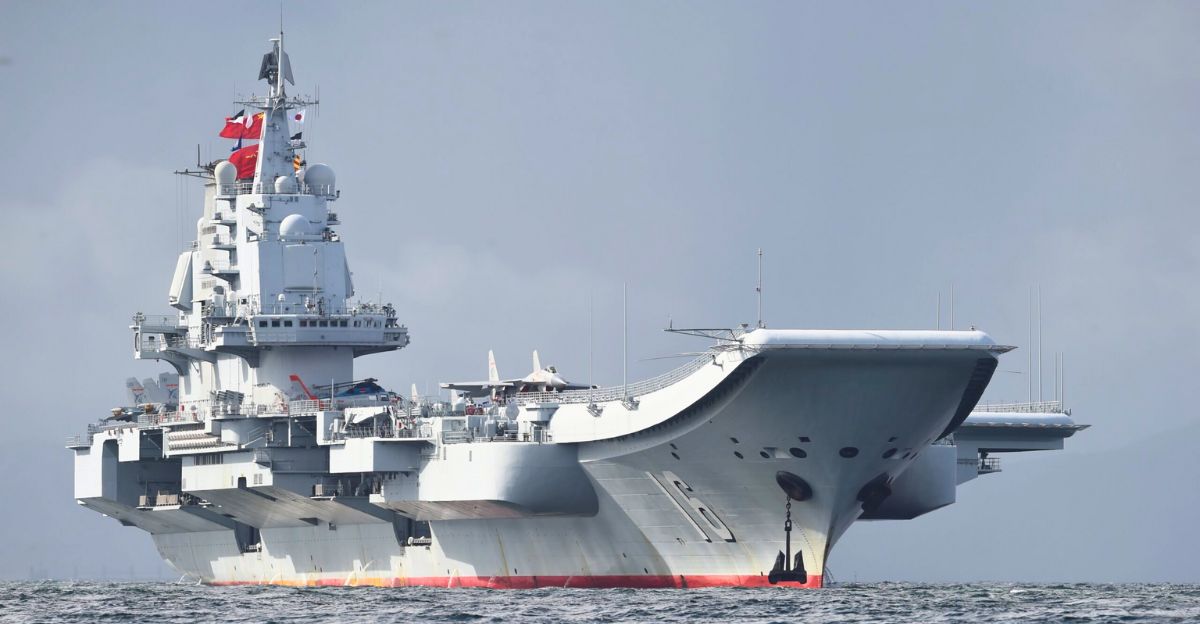
There is so much happening in the world right now, and seeing Chinese Aircraft breach areas they haven’t before is quite concerning. This comes from a long-standing escalation in the region’s ongoing contest for maritime dominance. CNS Liaoning and CNS Shandong have operated beyond the Second Island Chain, a strategic line of defense established by the United States and its allies to contain China’s naval ambitions in the western and central Pacific.
This clearly indicates Beijing’s intent to challenge the traditional security architecture that has underpinned the balance of power in the Pacific for decades.
The Three Island Chains Strategy

The Three Island Chains Strategy is a long-standing maritime containment policy in the Pacific designed to limit the naval reach of rival countries, including China. U.S. policymakers designed this policy during the Cold War and divided the Pacific into three concentric defensive perimeters. Each chain is intended to restrict adversary movement, protect U.S. interests, and support allies.
The First Island Chain, closest to China, stretches from Japan through Taiwan and the Philippines, forming a natural barrier along China’s eastern coast. The Second Island Chain, further east, includes strategic U.S. territories such as Guam and extends from Japan through Micronesia to New Guinea, serving as a critical secondary line of defense and a base for power projection. The Third Island Chain reaches even farther, running from Alaska’s Aleutian Islands through Hawaii and American Samoa to New Zealand.
Historic Dual Carrier Deployment

China dispatched both the Liaoning and Shandong aircraft carriers simultaneously beyond the First Island Chain into the Western Pacific, with each carrier operating in separate, strategically significant areas, Liaoning near Minamitorishima and Shandong east of Okinotorishima.
Not only did they dispatch both carriers, but 20 warships and auxiliaries accompanied them. This included extensive flight operations, with Liaoning alone conducting 260 fighter and helicopter takeoffs and landings near Japan, Taiwan, and the Philippines over just a few days.
Flight Operations Details
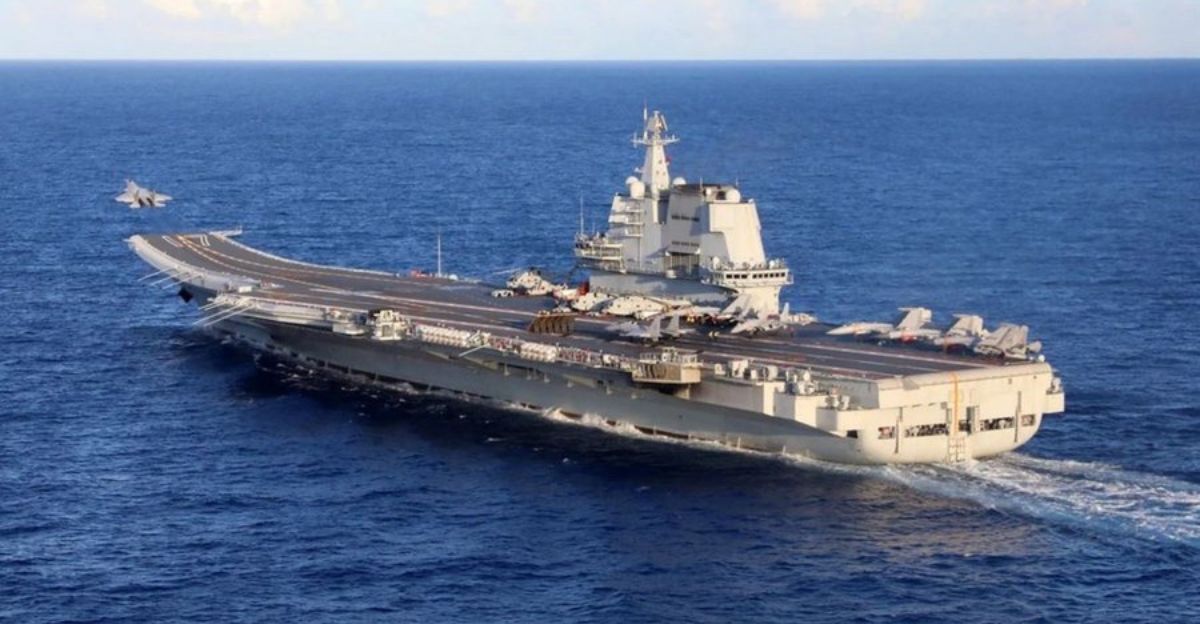
Flight operations during China’s historic dual carrier deployment were both extensive and strategically significant, showcasing the operational maturity of the People’s Liberation Army Navy. Between May 25 and 29, the Liaoning alone conducted an impressive 260 fighter and helicopter takeoffs and landings. In contrast, the Shandong, operating in Japan’s exclusive economic zone near Okinotorishima, coordinated flight operations with its air wing.
The scale of this operation shows how much China’s capabilities have grown, all while subtly challenging the traditional dominance of U.S. and allied naval forces in the region.
China’s Official Justification
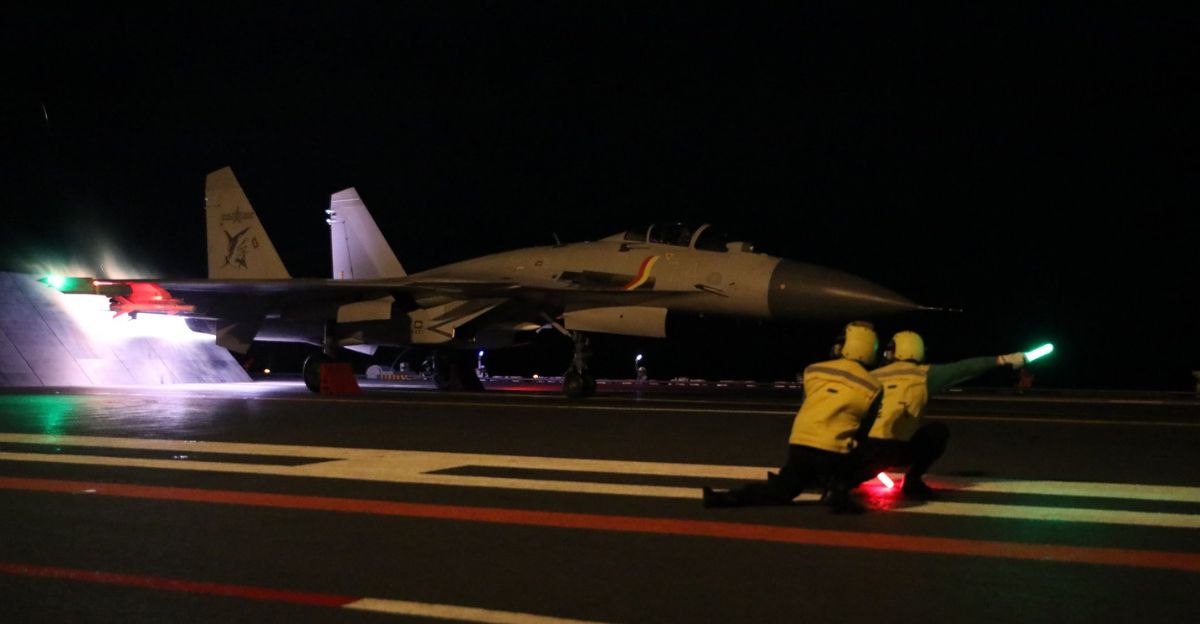
China quickly released a statement regarding the deployment of the two aircraft carriers. “The routine training is organized by the annual plan, aiming at continuously enhancing the PLA Navy’s capabilities of fulfilling the missions. It is in compliance with relevant international laws and practices and is not directed against any specific country or target,” said PLAN spokesperson Senior Captain Wang Xuemeng.
“Our national defense policy is defensive in nature. We hope Japan will view those activities objectively and rationally,” said Chinese Foreign Ministry spokesman Lin Jian.
Escort Fleet Composition
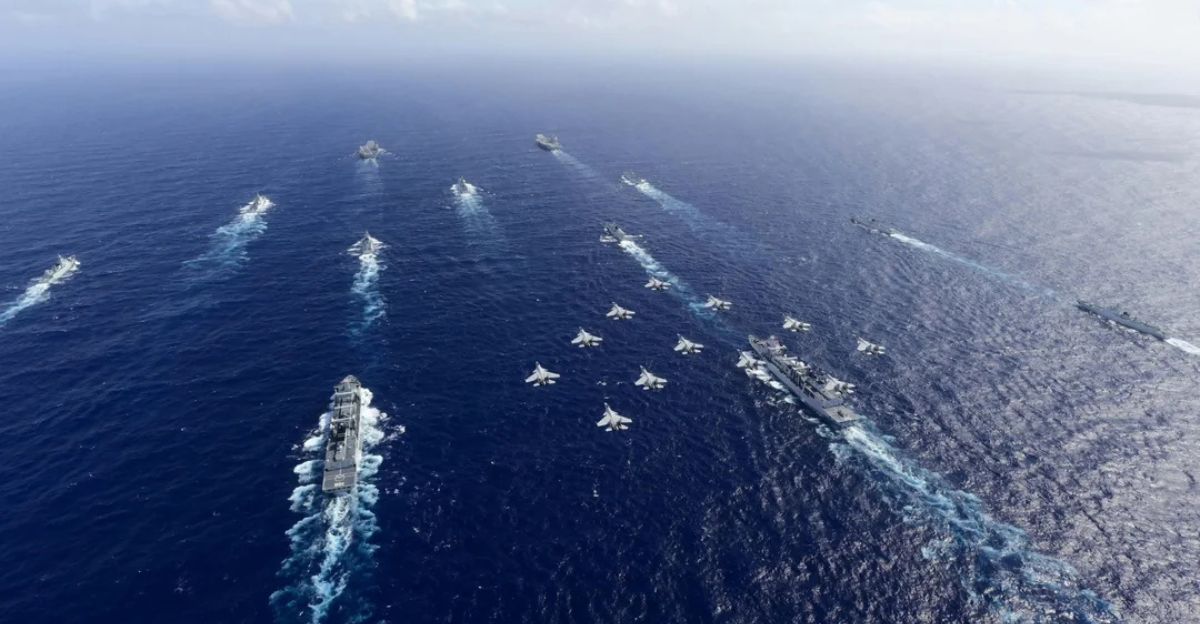
These formidable carriers didn’t make the journey alone, as an impressive escort fleet accompanied them. The Shandong carrier group included the powerful Type 055 “super-destroyer” Zunyi, two Type 054A frigates, Yuncheng and Hengshui, and a Type 905 replenishment oiler. These ships provided robust air defense, anti-submarine and anti-ship capabilities, and vital logistical support for extended operations.
The Liaoning group was similarly supported by a mix of modern destroyers, frigates, and logistics vessels, ensuring both carrier strike groups could conduct sustained flight operations and remain at sea for prolonged periods.
Taiwan’s Security Concerns
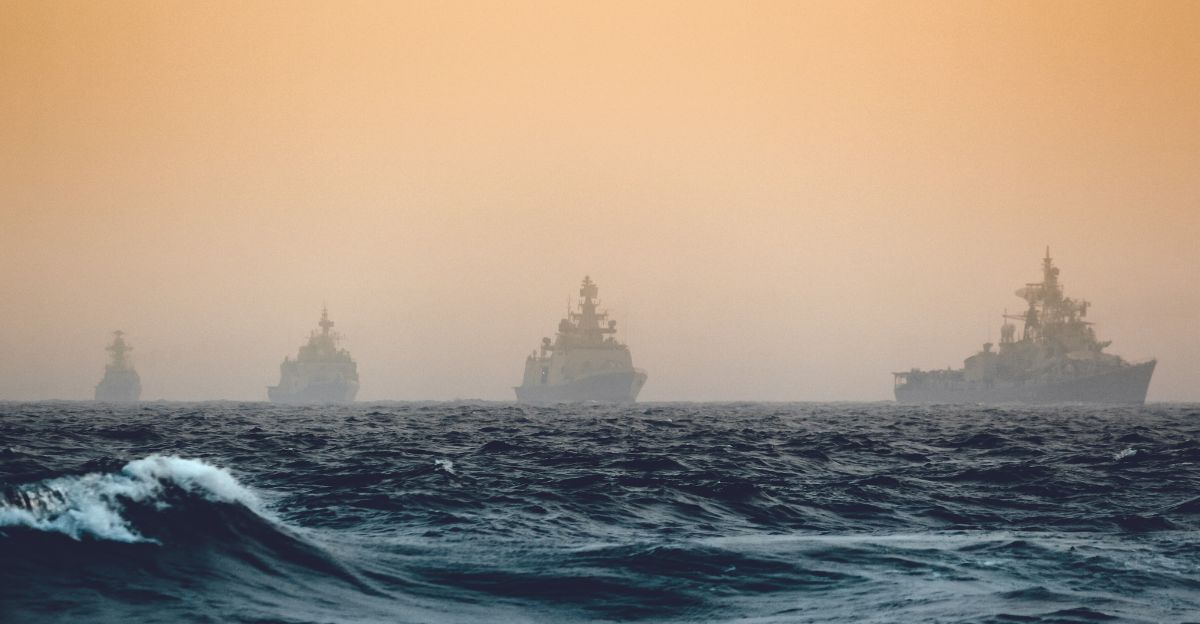
Taiwan has voiced deepening security concerns in response to China’s historic dual aircraft carrier deployment in the Pacific, viewing the move as a clear signal of Beijing’s “expansionist” ambitions and a direct challenge to the island’s sovereignty.
“Crossing from the first island chain into the second island chain sends a definite political message, and their expansionist nature can be seen,” said Taiwan Defence Minister Wellington Koo. The Taiwanese military has maintained a heightened state of alert, closely monitoring the activities of Chinese naval and air forces in recent months.
Australian Coalition’s Response

The deployment of Chinese warships led both the Australian and New Zealand navies to shadow the Chinese vessels, while Australian authorities established airspace protection zones and diverted civilian flights as a precaution. Australian political leaders and defense officials criticized China’s lack of direct notification and denounced the maneuvers as provocative.
“This development is yet another sign that the balance of power in the Indo-Pacific is changing and a serious reminder that Australia must bolster its defence capabilities,” said the Coalition’s Defence spokesman, Angus Taylor. “Our Defence Force faces the most challenging strategic environment since the Second World War. We cannot risk having a paper ADF.”
Gaining On The U.S.
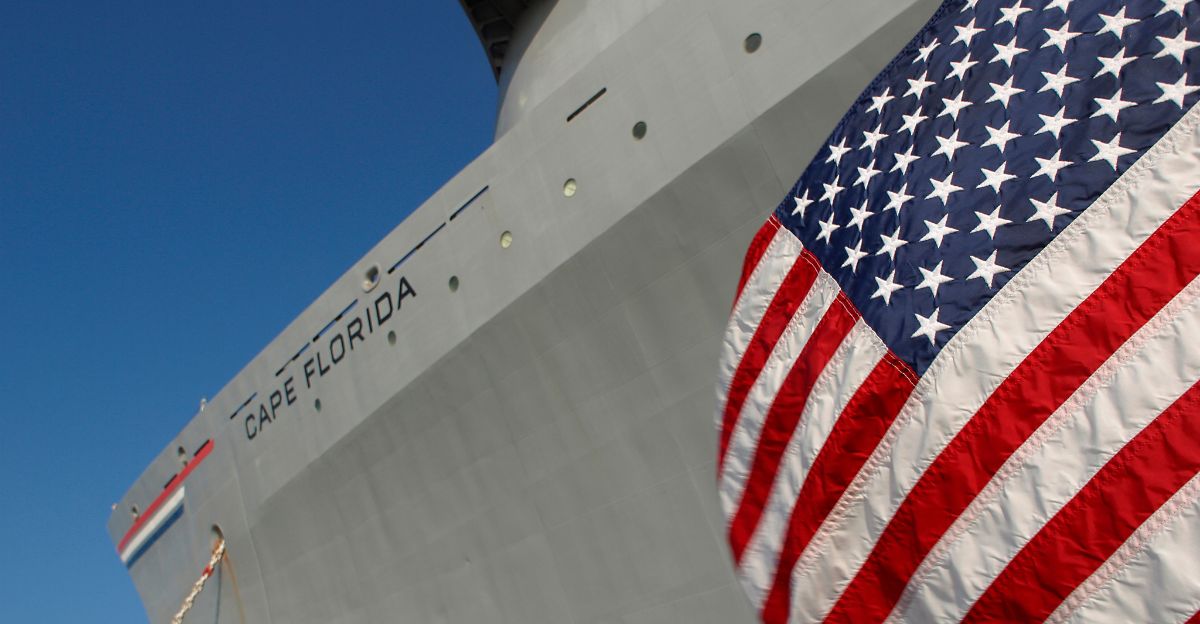
The PLAN is already the world’s largest navy by ship count, with its battle force expected to grow to 395 ships by 2025 and 435 ships by 2030, compared to a projected 294 for the U.S. Navy by the end of the decade. While the U.S. maintains a decisive edge in global reach, nuclear submarines, and carrier strike group experience, China’s operational tempo, technological advancements in hypersonic missiles, and expanding nuclear arsenal are rapidly closing the gap.
“It’s a signal of what China’s increasingly capable of,” he said. “Traditionally the apex of naval in the modern age has been aircraft carriers and they are are showing they are on a path to having capabilities that are equal and maybe superior to that of the US.” said military analyst, Sam Roggeveen.
Future Strategic Implications

Expanding China’s blue-water navy suggests that PLAN task groups could regularly operate near critical U.S. territories such as Guam, Wake Island, and Hawaii. This growing capability increases the risk of naval confrontations and miscalculations. It compels regional actors—including the U.S., Japan, Australia, and others—to accelerate their military modernization and alliance-building efforts in response.
Uncover more fascinating moments from history — and hit Follow to keep the stories flowing to your feed!

Don’t miss more incredible stories from the past! Tap Follow at the top of this article to stay updated with the latest historical discoveries. Share your thoughts in the comments — we’d love to hear your perspective!






